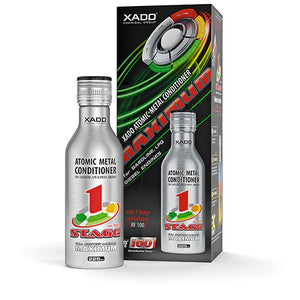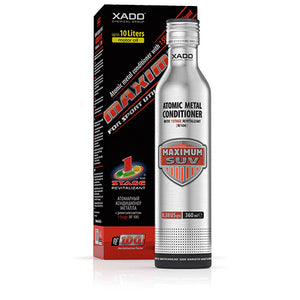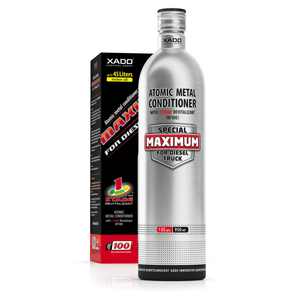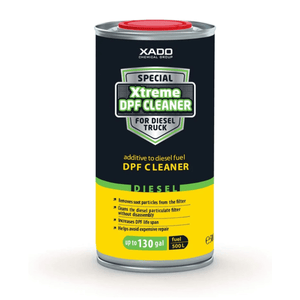Increased pressure of crankcase blow-by gases
Increased Pressure of Crankcase Blow-By Gases
First, let's establish the function of a breather. The breather is a device that connects the crankcase to the atmosphere, maintaining pressure equality. Engine breathing is a normal process designed to release excess pressure from the crankcase. The breather is part of the crankcase gas ventilation system, often referred to as the "engine lungs."
How to Understand That Blow-By Gases Are Causing a Problem
Crankcase gases naturally accumulate in both old, worn engines and new ones. However, how can one determine if exhaust gases are accumulating in the engine crankcase when the crankcase ventilation system is closed? There are several signs, both indirect and obvious, to identify this. The easiest and most informative method is as follows: while the engine is warm and running, unscrew the oil drain cap. If you observe only a small amount of smoke coming from the oil filler neck, then the crankcase gas pressure is normal. However, if you see smoke resembling a tailpipe and engine oil splashing out, it indicates high crankcase gas pressure. In such cases, steps need to be taken to identify and address the cause. Additionally, with high crankcase pressure, you may notice heavy smoke emitting from the oil dipstick hole, and in some instances, the gases may even push the oil dipstick out of its seat.

Indirect signs of high crankcase gas pressure include a drop in engine compression, increased engine oil consumption, throttle oil contamination, and bluish smoke from the exhaust pipe.
Along with a large volume of crankcase gases, oil mist from the crankcase enters the intake manifold and subsequently flows into the cylinders. The heaviest oil droplets settle on the throttle valve.
Smoke leaking through the oil level gauge indicates increased pressure of crankcase gases, which results in the oil being forced into the ventilation system manifold. This pressure buildup occurs when the gases bypass the piston rings, commonly referred to as "blow-by." It can be caused by various factors, including contamination of the crankcase ventilation system, wear of the cylinder-piston group, stuck piston rings, or unpressurized valves.
If the valves are not pressurized, they should be replaced. In other cases, to prevent the accumulation of exhaust gases in the crankcase and the subsequent increase in pressure, certain car care products can be applied.
Malfunctions of the Crankcase Ventilation System
The positive crankcase ventilation (PCV) valve is the most crucial component of the crankcase ventilation system, responsible for regulating gas pressure inside the engine. However, the PCV valve can be sensitive to oil deposits, causing it to become stuck in either the open or closed position. If the valve is stuck open, crankcase gases continuously flow into the intake line, resulting in a lean fuel mixture and unstable engine operation.
Conversely, if the PCV valve becomes jammed closed, the crankcase gases cannot circulate, leading to their accumulation inside the engine. This excessive pressure puts added strain on engine seals, such as valve stem seals and crankshaft seals, which can result in leaks and increased oil consumption through burning.
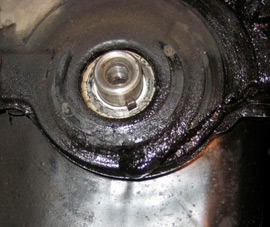
Crankshaft oil seal leaking
To maintain a clean crankcase ventilation system, we recommend flushing the engine oil system with the following products at each oil change:
If contamination cannot be prevented, it is necessary to disassemble the components of the crankcase ventilation system and clean them manually.
Wear of the Cylinder–Piston Group
The gases produced during the combustion of the air-fuel mixture in the engine cylinders inevitably pass through the piston rings and enter the engine crankcase. The amount of gases and the pressure they create in the crankcase depend on the size of the thermal gaps between the pistons and cylinders, which is determined by the degree of wear of the Cylinder-Piston Group (CPG). While natural wear of CPG components is inevitable, improper engine operation can accelerate this process. The time and cost required for engine repairs are directly influenced by the extent of wear.

In cases of noncritical wear, the geometry of the CPG components and engine performance can be restored using XADO technology. This saves time and money by eliminating the need to disassemble and take the power unit out of operation. The use of REVITALIZANT® compositions not only compensates for accumulated wear but also provides protection against future wear for up to 60,000 mi of the car's mileage.
For engine treatment, we recommend the following products:
- REVITALIZANT® ЕХ120 for Gasoline and LPG Engines / for Diesel Engines,
- 1 Stage REVITALIZANT® for Engines,
- Atomic Metal Conditioner XADO Maximum 1 Stage.
However, in cases of significant wear or damage to CPG components, the use of REVITALIZANT® compositions may not be effective. A complete engine overhaul will be required, followed by an engine break-in period.

Sticking of Piston Rings
Stuck piston rings are the first bell that signals the beginning of wear of the cylinder–piston group, and if it is not responded to in time, an expensive repair cannot be avoided. Due to the accumulation of dirt and deposits in the cylinders, the piston rings lose their mobility and remain in a certain fixed position. Consequently, the thermal gaps between the piston rings and cylinders are disrupted, the piston rings can no longer perform 100% of their functions, both oil consumption and wear of the CPG increase, and compression drops.

The causes of stuck piston rings include:
- use of low-quality oil or fuel,
- violation of oil change intervals,
- engine overheating,
- driving on a cold engine.
To restore the mobility of the piston rings and the normal operation of the engine, it is necessary to decarbonize the engine. To remove deposits in gasoline and diesel engines, we recommend using special products, such as XADO Anticarbon. These highly effective agents allow quickly eliminating the sticking of piston rings without having to disassemble the engine. The composition is introduced directly into the engine cylinders through the spark plug holes (fuel injector or glow plug holes in a diesel engine).
Masking of Increased Crankcase Gas Pressure
Some car owners who do not wish to deal with the problem of blow-by gases simply disconnect the crankcase ventilation hose from the valve covers / air intake covers and place it under the car.

Such masking of the problem leads to disastrous consequences. In addition to releasing excess pressure, this hose sucks in outside air, and with it, sand and abrasive particles that accelerate engine wear. Instead of solving an issue, the car owner gets a new one, that is, intensive wear of the CPG, and with each kilometer of run, comes ever closer to complete engine overhaul.

